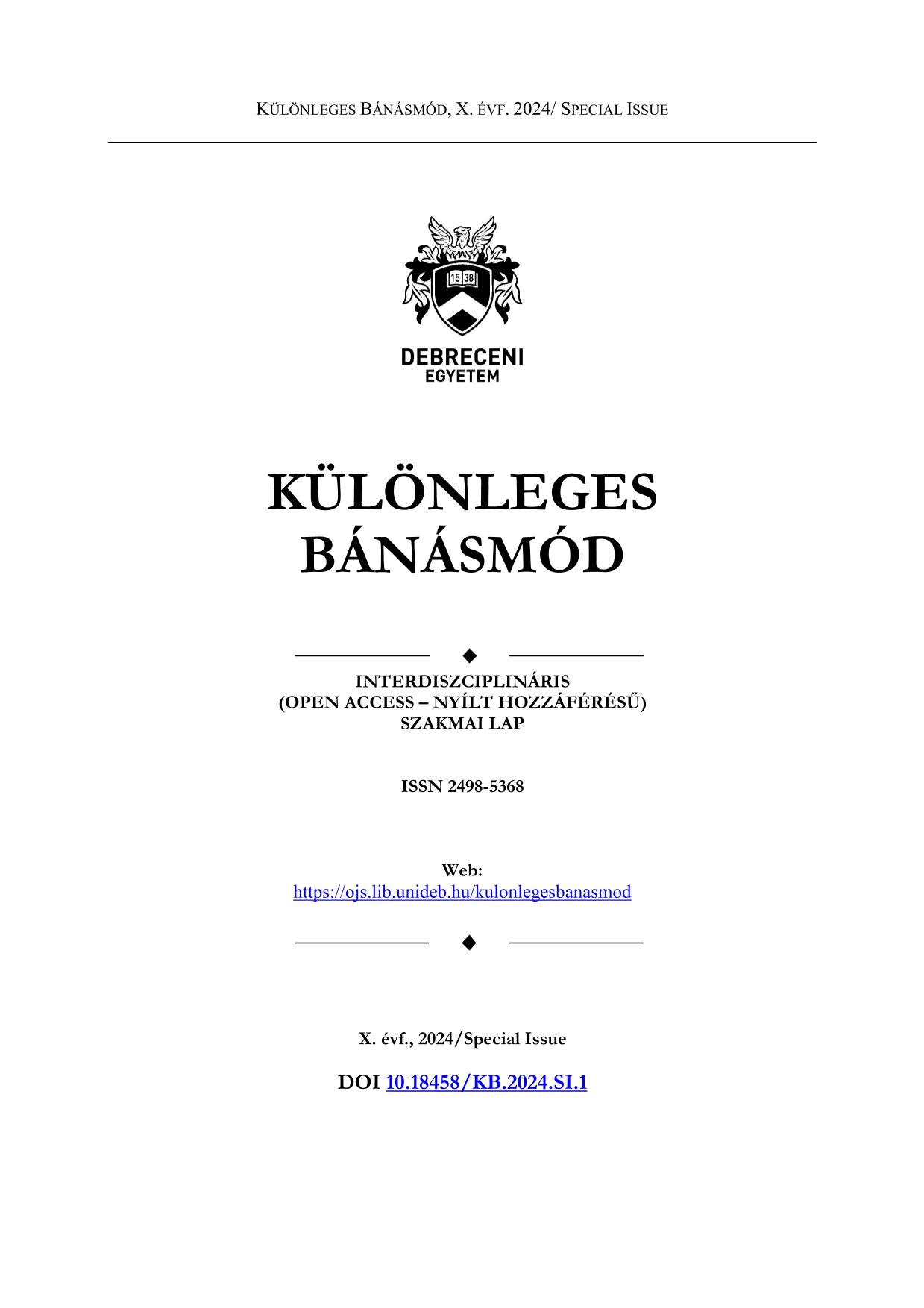Lent and Easter in the Philippines:Catholic Religious Practices in the Discourse of Gender Performativity.
Author
View
Keywords
License
Copyright (c) 2024 Jose Antonio Lorenzo L. Tamayo

This work is licensed under a Creative Commons Attribution-NonCommercial-NoDerivatives 4.0 International License.
How To Cite
Abstract
Filipinos consider Holy Week as the holiest of days of Lent and Easter. During this time, the country is shrouded with centuries-old rituals and practices that persist in contemporary times. Using the framework of gender performativity, this study examines three forms of pamamanata (devotion): pagsasanto (taking care of a religious image), penitensya (penance), and salubong (Easter procession). The aim is to identify pamamanata practices that align with the feminine, masculine, gay, and those bordering between masculine and feminine tropes. The study maximized data from the author’s fieldwork and ethnographic materials written by academics. This study found that the three pamamanata traditions are gendered practices and that these are affected by the agencies of the family, community, and religion.


 https://doi.org/10.18458/KB.2024.SI.123
https://doi.org/10.18458/KB.2024.SI.123